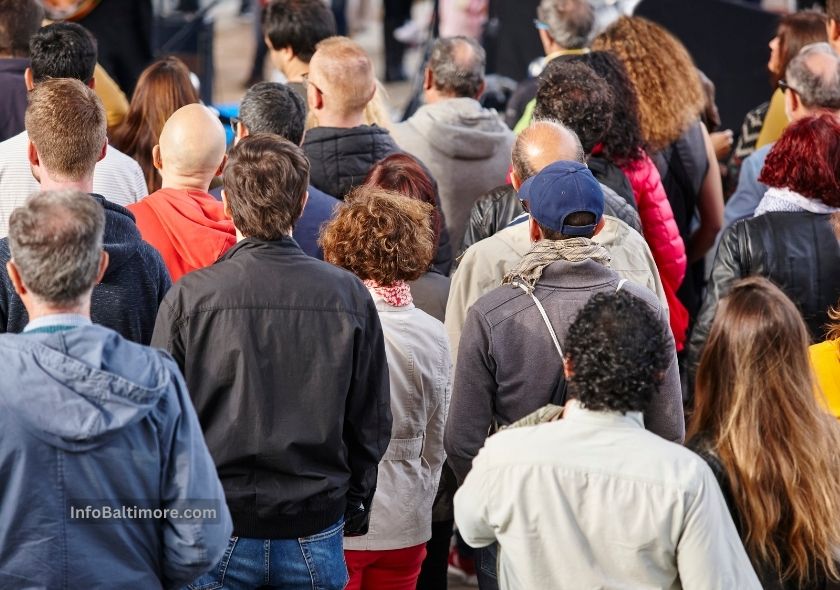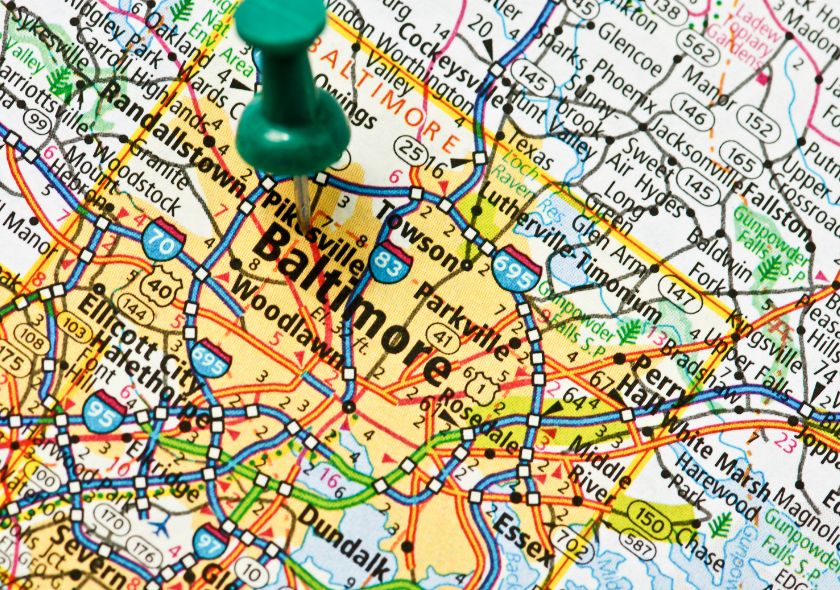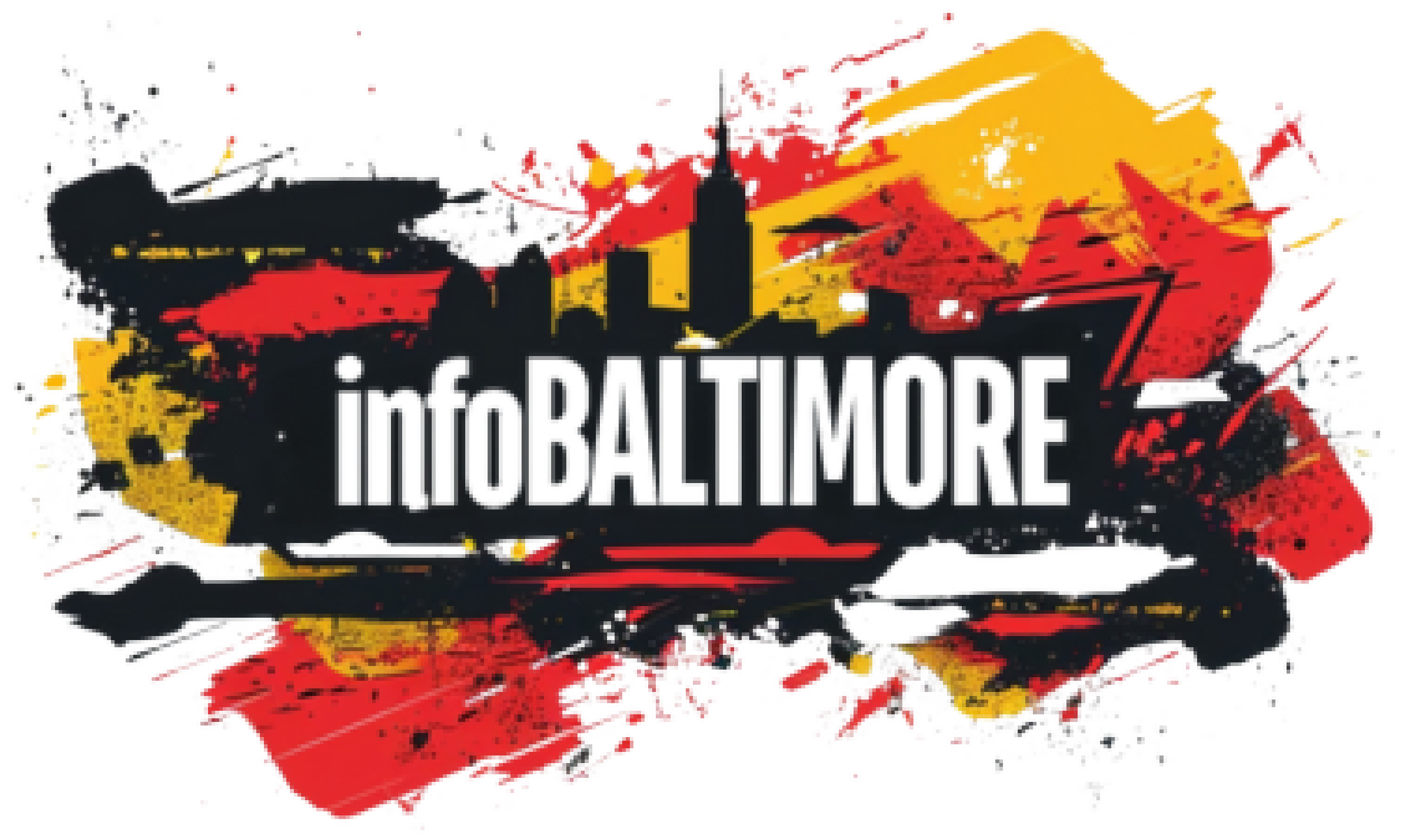
What is the Population of Baltimore?
Baltimore, a city steeped in history and culture, is home to a diverse and dynamic population. Understanding the city’s population dynamics offers a unique window into its social fabric and future prospects. So, let’s embark on a journey through Baltimore’s bustling neighborhoods, rich demographics, and intriguing population trends.
A Storied Past: The Evolution of Baltimore’s Population
From its humble beginnings as a small port town to its transformation into a thriving metropolis, Baltimore’s population has witnessed significant changes. In the 19th and early 20th centuries, the city experienced rapid growth, fueled by an industrial boom and an influx of immigrants seeking new opportunities. However, the latter half of the 20th century saw a decline in population, driven by suburbanization and economic shifts. Despite these challenges, Baltimore has remained a vibrant and resilient city.
The Pulse of Charm City: Current Population Statistics
As of the 2020 U.S. Census, Population of Baltimore stands at around 585,000 residents. While this figure is lower than its peak in the mid-20th century, recent trends suggest a gradual stabilization and potential for future growth. This diverse population contributes to the city’s unique character, creating a tapestry of cultures, traditions, and perspectives.
Baltimore is sometimes referred to as “Smalltimore” due to the tight-knit connections among its residents, making the city feel like a small town.
A Melting Pot of Cultures: Demographic Composition
Baltimore’s rich cultural heritage is reflected in its diverse demographic makeup. The city is home to a wide array of ethnicities, races, and age groups. African Americans constitute the largest racial group, comprising approximately 63% of the population. White residents make up about 30%, while the remaining population includes Hispanic, Asian, and other minority groups. Moreover, Baltimore’s age distribution showcases a healthy mix of young and old, contributing to its dynamic and multi-generational character.
Communities Abound: Neighborhoods and Population Density
Baltimore is often called a “city of neighborhoods,” boasting over 200 distinct communities, each with its own identity and charm. From the trendy waterfront districts of Canton and Fells Point to the historic streets of Mount Vernon and Federal Hill, the city’s neighborhoods offer diverse living experiences. Population density varies across these areas, with urban neighborhoods seeing higher concentrations of residents and suburban communities enjoying more open space.
The Driving Forces: Factors Affecting Population Growth
Various factors contribute to the growth and decline of population of Baltimore. Economic opportunities, housing availability, and migration trends play a significant role in shaping the city’s demographic landscape. In recent years, revitalization efforts, increased investment, and a growing tech sector have attracted new residents to Baltimore. However, challenges such as crime and education remain critical issues that influence the city’s population trends.

The Ripple Effect: Social and Economic Implications of the population of Baltimore
Population dynamics directly impact Baltimore’s social services, infrastructure, and economy. A growing population requires increased investment in education, healthcare, and housing to accommodate the diverse needs of residents. Conversely, a declining population can lead to underutilized resources and a shrinking tax base. Striking the right balance is crucial for Baltimore’s long-term success and sustainability.
Conclusion
In conclusion, understanding the population of Baltimore dynamics is essential for shaping the city’s future growth and development. By embracing its diverse communities and addressing the challenges they face, Baltimore can continue to thrive as a vibrant and inclusive city. The latest stats can be found here.
For more detail: Baltimore Farmers’ Market


